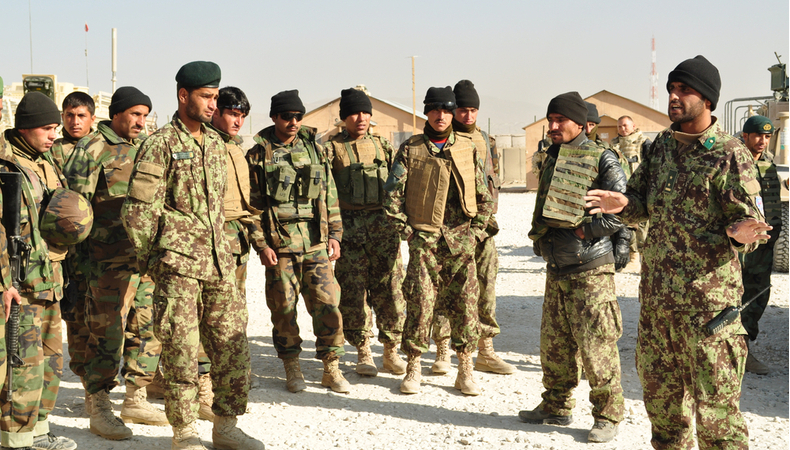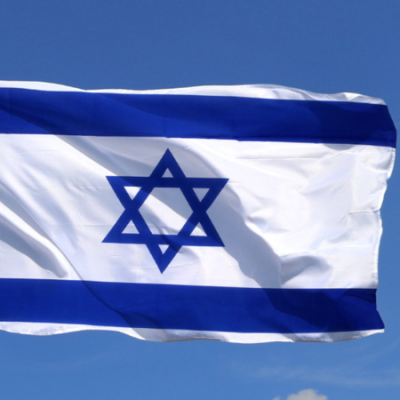Why did the Kabul army dissolve?

Did America and the whole of NATO do worse than the Soviet Union? After the retreat of the Red Army, government troops stood up to the fundamentalist mujahideen for nearly three years. In 1989 the guerrillas tried to conquer the first big city, Jalalabad. It was repulsed with heavy losses: the army and air force – trained by the Russians but composed only of Afghans – deployed effective tactics, using even hundreds of Scud missiles. Those soldiers were conscripts, conscripted, and recruited almost entirely from urban areas.
Many deserted, but a significant number fought with determination. The regime led by Mohammad Najibullah had managed to create a cohesive social bloc against a common enemy. The aid distributed by the USSR had financed a small and medium bourgeoisie of bureaucrats, officials, teachers, technicians, and soldiers, all in the cities that in the decade of Russian occupation were never threatened by the mujahideen. The Soviets made them study in their universities and academies, giving them a good standard of living and a security bubble that extended from the capital to the main centers.
And the propaganda of Najibullah, a former head of the secret services which grew up at the KGB school, had convinced them that they were fighting against an external power: Pakistan, which through the mujahideen wanted to conquer the country. A nationalist ideal that had greater appeal than socialist slogans and had managed to gain a hold on the ruling class, especially the officer caste, which had remained in place since the days of the monarchy.
Of course, the Soviets invaded a country with institutions all in all solid and of an ancient tradition. At the same time, the Afghanistan that found the forces of NATO had been razed to the ground by Taliban obscurantism, which had wiped out or forced into exile all the middle classes, eliminating bureaucracy and education. In twenty years of commitment, however, the entire West has failed to rebuild credible armed forces or revitalize social support for the government. And this despite the donation of aid far superior to Soviet aid.
Paradoxically, the loans in recent years have increased the country’s divisions: the funds have been entirely intercepted by a greedy political class, Instead of unifying the country, this kleptocracy has widened the tribal divide because it appeared to be dedicated to favoring only the clans or territories of the single minister and has exacerbated the gap with the poor classes, especially in the cities. The corruption has been denounced several times by US inspectors. Now it reflects in the speed with which the Taliban occupied everything: distrust in the government in Kabul accelerates surrenders and desertions.
Even the Afghan army has been rebuilt from scratch since 2002 but has developed according to a regional logic: each nation responsible for a region – Italy in the South-West, Germany in the North-West, Americans and British elsewhere – formed his army corps. The soldiers were no longer conscripts but volunteer in search of pay. In recent years, even the national character, which wanted men of different ethnic groups in the same department, has faded. The commanders then got used to considering the leaders of NATO as their referents, from which they received everything, and they became a sort of counter-power on the territory.
NATO has always nurtured these troops, using them as infantry in anti-guerrilla operations, without worrying that they were genuinely autonomous. For example, artillery or tank units have never been formed, useless for garrisoning campaigns or mountains but decisive for defending cities and proved to be the key to the government’s survival after the retreat of the Red Army. There were also questionable, sometimes bizarre choices like replacing Kalashnikovs with US M16 rifles, weapons of different calibres, bulkier and much less robust. We have invested a good 83 billion dollars in building the new national army.
Who saw them in action recognize the Afghan soldiers’ courage, but each of their operations was planned by the officers of the Atlantic Alliance. They had to take care of the logistics details: ammunition and food arrived at the men in battle. However, the fundamental question does not concern the technical aspects but the motivations: 180,000 soldiers and as many men, including police officers and territorial militias who until the spring seemed capable of at least defending the cities, now surrender en masse. They don’t know what they have to fight for and in whom to believe, explains a veteran of the missions in Afghanistan. It is a crisis that shows all the fragility of what the United States and its allies have achieved in the last twenty years.



